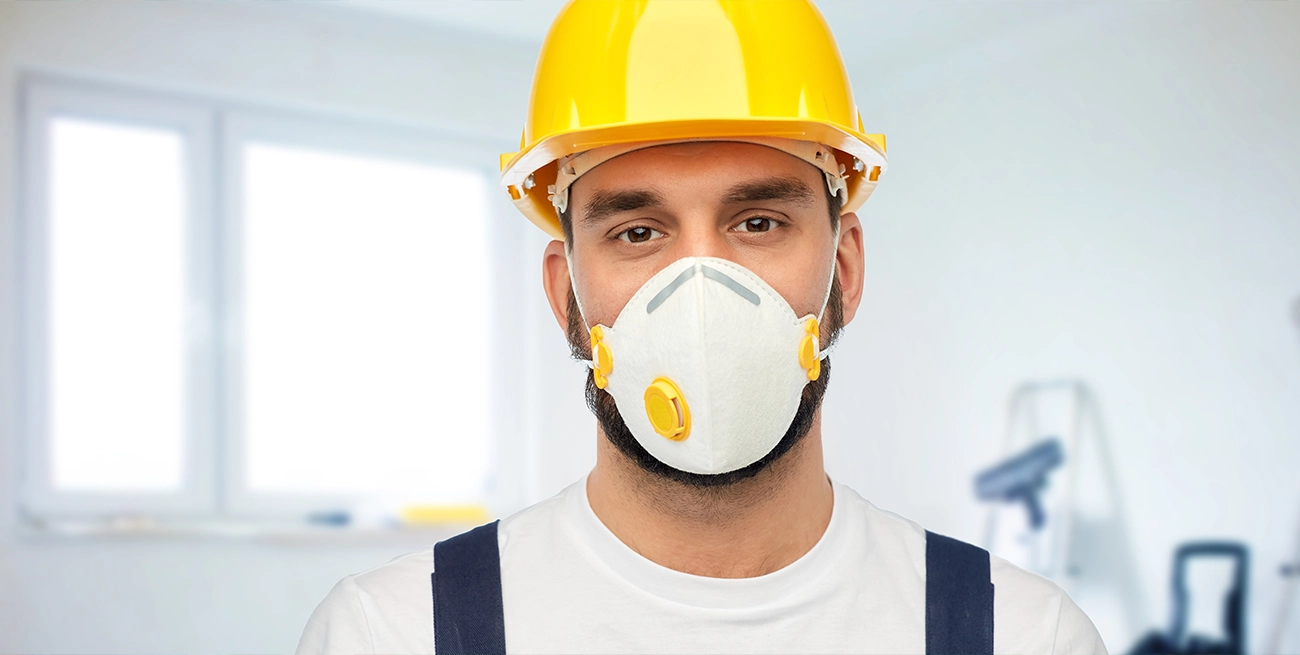Understanding Respiratory Protection Standards in the Workplace

Breathing clean air isn’t just a luxury; it’s a necessity. In industrial workplaces, airborne hazards are an ever-present concern, and providing workers with the right respiratory protection is non-negotiable. Whether you’re dealing with dust, fumes, vapors, or infectious agents, understanding the standards that govern respiratory safety is essential for anyone tasked with procuring protective equipment.
The Purpose Behind Respiratory Protection Standards
Respiratory standards exist to safeguard workers from inhaling harmful substances that could lead to short-term health risks or chronic conditions. These rules ensure that protective gear performs effectively, fits properly, and meets the specific demands of different industries.
In the United States, the Occupational Safety and Health Administration (OSHA) establishes the baseline rules for respiratory safety, outlined in OSHA Standard 1910.134. Beyond OSHA, certifications like those from the National Institute for Occupational Safety and Health (NIOSH) signal that a respirator has been tested and proven effective.
Types of Respirators and Their Applications
When selecting a respirator, the first step is understanding the two primary categories: air-purifying respirators (APRs) and supplied-air respirators (SARs). Each serves a distinct purpose based on the environment.
Air-Purifying Respirators (APRs):
- Disposable Masks: Often used in construction and healthcare for protection against dust, allergens, or non-oil-based particulates.
- Half-Face Respirators: Equipped with replaceable cartridges for gases, vapors, or particulates.
- Full-Face Respirators: Cover the entire face, offering eye protection along with respiratory safety.
Supplied-Air Respirators (SARs):
These systems provide clean air from an external source, making them essential for environments where contaminants are too concentrated or oxygen levels are insufficient. SARs include self-contained breathing apparatus (SCBA) and airline respirators.
Each type must be matched to the specific hazards of the job. A welder exposed to fumes will need different protection than a healthcare worker handling infectious agents.
NIOSH Ratings and What They Mean
If you’ve shopped for respirators, you’ve likely seen labels like N95, R99, or P100. These codes are part of the NIOSH certification system and provide key information about a respirator’s capabilities.
- The Letter: Indicates resistance to oil-based particles:
- “N” means not resistant to oil.
- “R” means somewhat resistant.
- “P” means strongly resistant.
- The Number: Refers to the filtration efficiency. For example, 95 means the respirator filters out 95% of airborne particles, while 100 indicates near-total filtration at 99.97%.
Understanding these ratings helps ensure you’re providing the right level of protection for your team.
Fit Testing: A Non-Negotiable Step
Even the most advanced respirator is useless if it doesn’t fit properly. OSHA mandates fit testing for all tight-fitting respirators to confirm they seal correctly against the user’s face.
Two types of fit tests are commonly used:
- Qualitative Testing: Relies on sensory reactions, such as taste or smell, to detect leaks.
- Quantitative Testing: Uses specialized equipment to measure leakage more precisely.
Remember, facial hair can interfere with a proper seal. If workers sport beards, you’ll need to explore alternative options, like loose-fitting powered air-purifying respirators (PAPRs).
Common Missteps in Respiratory Protection
One common error is assuming that any respirator can handle any job. Each workplace hazard requires specific protective gear, and failing to match the respirator to the hazard can leave workers vulnerable.
Another issue is skipping the maintenance. Filters and cartridges don’t last forever, and ignoring replacement schedules reduces the effectiveness of the equipment. It’s also crucial to store respirators in clean, dry conditions to prevent damage.
Then there’s training—or the lack of it. Workers need to understand how to wear, inspect, and care for their respirators. Regular refresher courses ensure compliance and safety.
Real-Life Stories That Drive the Point Home
A contractor shared a story about a worker exposed to silica dust during a demolition project. He wore a dust mask from the back of the truck, but it wasn’t rated for the fine particulate matter he was facing. Within weeks, the worker developed respiratory symptoms, prompting the company to overhaul its equipment protocols. Now, they only use NIOSH-certified N95 respirators for similar tasks.
In another case, a technician in a chemical plant used a half-face respirator for tasks involving toxic vapors. Unfortunately, the cartridges hadn’t been replaced in over a year, rendering the respirator ineffective. After a close call with chemical exposure, the plant implemented strict cartridge replacement schedules and conducted training on proper use.
Standards Across Different Industries
Respiratory protection needs vary widely between industries. Here are some key considerations for common sectors:
- Construction: Dust, silica, and asbestos are common hazards. N95 and P100 masks are popular choices for these environments.
- Healthcare: Protecting against airborne pathogens like tuberculosis or COVID-19 requires respirators like N95s, which create a tight seal around the face.
- Oil and Gas: Workers encounter harmful gases and vapors, making SARs or full-face respirators with gas cartridges essential.
- Chemical Manufacturing: A mix of APRs and SARs is often needed to protect against both particulates and toxic fumes.
- Mining: Low oxygen levels and airborne particulates demand robust SAR systems or powered air-purifying respirators.
How Technology is Changing Respiratory Protection
Advancements in technology are making respirators lighter, more comfortable, and smarter. Some models now include integrated communication systems, enabling workers to stay connected without compromising protection. Others feature real-time air quality monitoring, alerting users to changes in their environment.
While cutting-edge features are exciting, it’s still essential to prioritize certifications and proper training. The fanciest gear is only as good as its basic functionality.
Keeping It Practical
When you’re responsible for choosing respiratory protection, it’s not just about meeting regulations—it’s about ensuring your team stays safe and productive. Review workplace hazards regularly, listen to feedback from workers, and never cut corners when it comes to safety gear.
Think of it this way: You wouldn’t send someone into a storm without a raincoat. Respirators are the raincoats for the invisible dangers workers face every day. Make the right choice, and you’ll have a workplace where everyone can breathe easy—literally.


